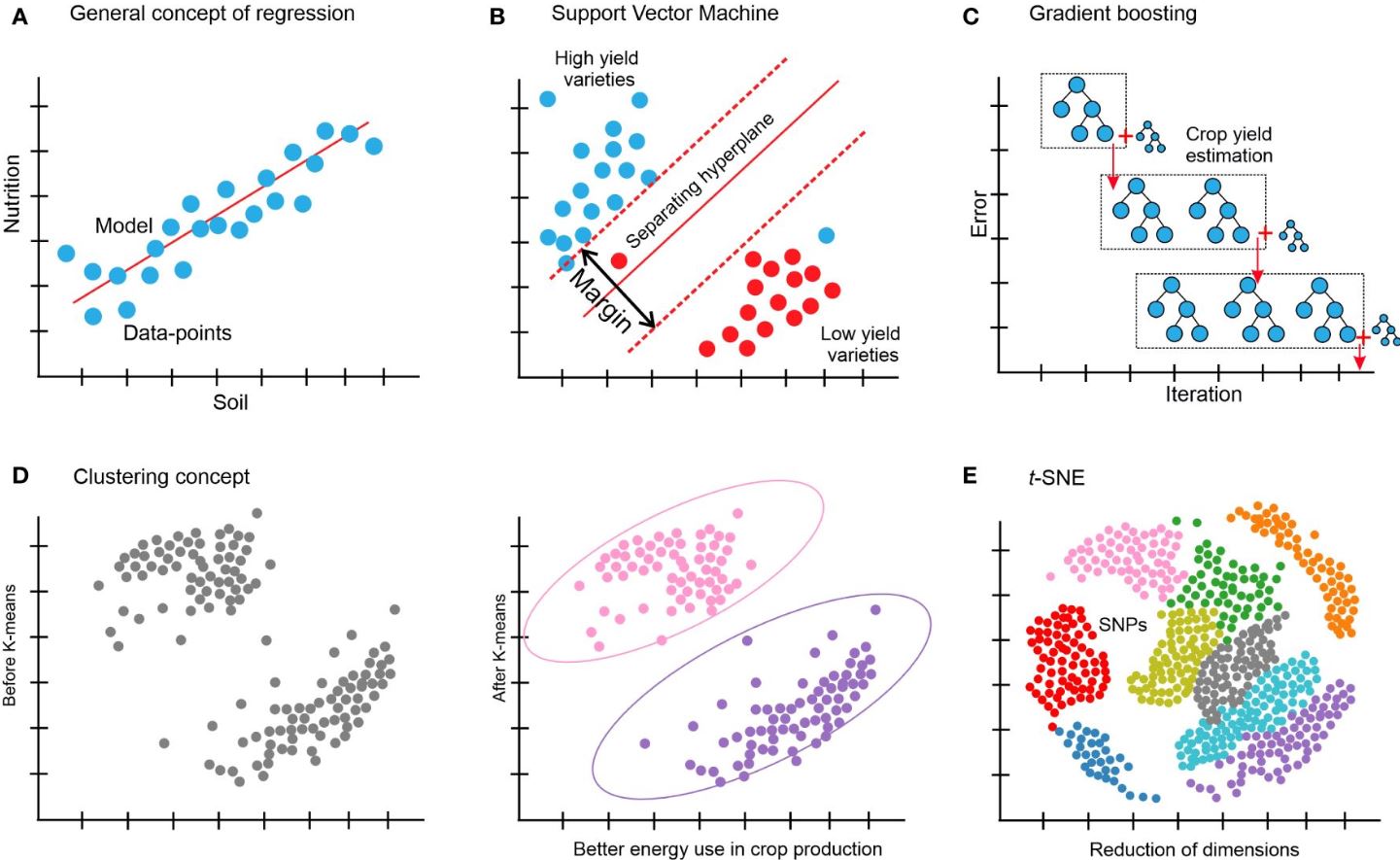 Ever wonder why the timing of your meals might matter as much as what you eat? This piece explores how machine learning can decode dietary patterns by not only assessing nutritional content but also the rhythm of your eating habits. Drawing on insights from a 2017 study, researchers developed a method called Modified Dynamic Time Warping (MDTW) to address the challenges of irregular meal times and frequencies that traditional approaches, like Euclidean distance, often mishandle.
Ever wonder why the timing of your meals might matter as much as what you eat? This piece explores how machine learning can decode dietary patterns by not only assessing nutritional content but also the rhythm of your eating habits. Drawing on insights from a 2017 study, researchers developed a method called Modified Dynamic Time Warping (MDTW) to address the challenges of irregular meal times and frequencies that traditional approaches, like Euclidean distance, often mishandle.
MDTW steps up by aligning meal records flexibly while imposing penalties for mismatched timing. Implemented in Python, the method clusters individuals into groups such as meal skippers, snackers, and night eaters, painting a vivid picture of diverse eating behaviours. If you’ve ever wrestled with messy, real-life dietary data, you’ll appreciate how this approach picks up on subtle yet meaningful differences.
The article walks through the mathematical foundation of MDTW, its practical Python implementation, and even how synthetic dietary data was used to replicate everyday eating patterns. With three distinct synthetic profiles – Skipper, Night Eater, and Snacker – the methodology shows promise for tailored health monitoring and other applications where timing is as crucial as the event itself. While challenges remain because of the reliance on synthetic data and one-off clustering initialisation, the work opens up new avenues for understanding and improving our health.








